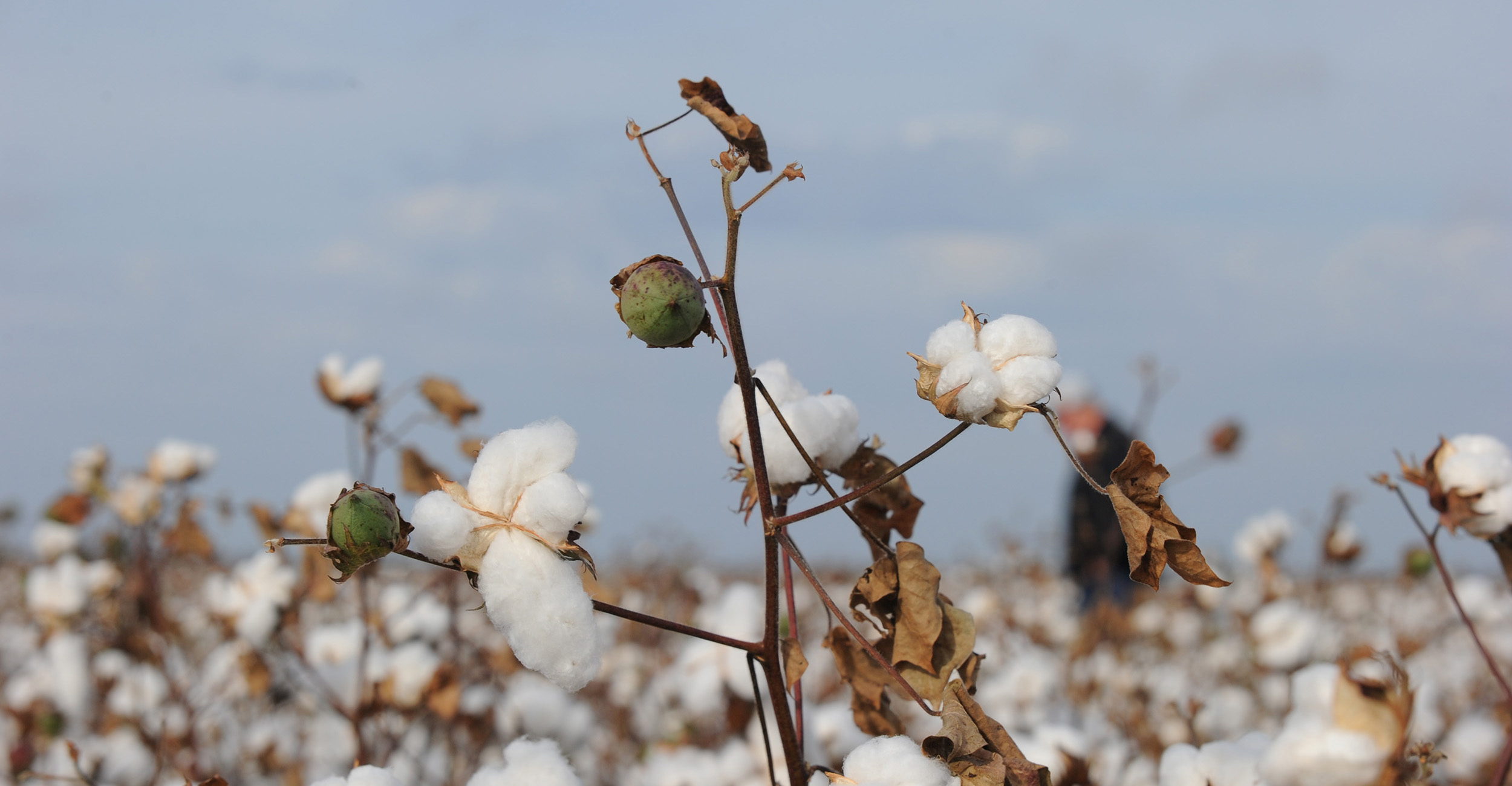
Oklahoma farmers need to assess the nitrogen needs of their crops
Thursday, May 13, 2021
Media Contact: Donald Stotts | Agricultural Communications Services | 405-744-4079 | donald.stotts@okstate.edu
Excessive rainfall in parts of Oklahoma may have caused fertilizer to leech from some producers’ crops, underscoring the need to get out into the field and evaluate plant needs, an Oklahoma State University Extension specialist said.
“Adding to the issue is the flux in fertilizer prices earlier this year that may have caused a shift in the amount of pre-planting fertilizer applied, compared to what a producer might do typically,” said Brian Arnall, OSU Extension precision nutrient management specialist. “There is a good likelihood a producer has lost a lot of nitrogen if their fields experienced heavy rainfall and are situated in well-drained, sandy soil.”
Unfortunately, there is no one-size-fits-all approach to recommend for either pre-emergence or in-season applications. The producer will need to examine each field and then evaluate how much nitrogen to apply. From there, the best course of action will be tailored to equipment on a specific farm, the types of soils involved, the nitrogen source available and stage of growth in the crop.
“Studies have shown it’s possible to let some crops grow a bit and still fertilize them to where they reach their projected yield potential, with sorghum as a good example,” Arnall said. “The primary issue is that not all producers have the necessary equipment available to fertilize a field when the crop is 30 to 45 days old.”
Arnall stressed cotton producers need to remember that it’s beneficial to have their crop be somewhat nitrogen-stressed early in the growing season. Cotton will respond to the lack of nitrogen by creating bigger root structures. In addition, access to a lot of nitrogen early will create unwanted vegetative growth in cotton that will need to be controlled with plant-growth regulators.
Fact sheets detailing research-based information about soil nutrition and fertilizer-application practices are available online through OSU Extension and through OSU Extension county offices. Arnall also regularly provides crop nutrient management strategies and updates for Oklahoma producers on the agricultural television show SUNUP.
